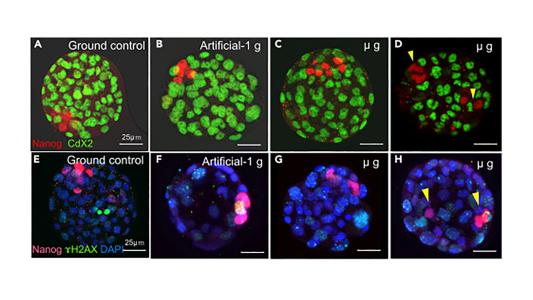This is T-Minus, where we count down the biggest developments in space, from new rocket launches to discoveries that advance our understanding of the universe and our place in it. Humanity is reaching new heights in space exploration. Make sure you’re part of the journey by subscribing here.


Dream Chaser
The two spacecraft that NASA uses for transportation to and from the ISS are designed to make uncontrolled, parachute-assisted landings in either a large body of water (SpaceX’s Dragon) or a large unpopulated area of land (Roscosmos’ Soyuz).
Those limited landing options stretch the time between when ISS experiments return to Earth and when they are back in scientists’ hands, which can affect the results. The landings themselves can also be… rough, further compromising the science.
We are now one step closer to having a more versatile, smoother option for retrieving cargo from the ISS: Colorado-based startup Sierra Space has unveiled Tenacity, the first of its reusable Dream Chaser spaceplanes, on November 2.
Like Dragon and Soyuz, this spacecraft is designed to dock with the ISS after launching from a rocket, but it’ll land horizontally like an airplane. Not only is this a smoother landing option, it also means NASA could plan to land on a compatible commercial runway anywhere in the world.
NASA has already awarded Sierra Space a contract for seven cargo missions to and from the ISS, and the startup plans to send Tenacity to a NASA facility for testing in the coming weeks. If all goes as planned, a test flight could happen as soon as April 2024, potentially making Tenacity the first commercial spaceplane to reach orbit.


iSpace hops a rocket
Chinese startup iSpace just made history — again.
In 2019, the company became the first privately funded firm in China to reach orbit with the successful launch of its Hyperbola-1 rocket. Now it’s also the first Chinese company to “hop” a full-scale reusable rocket stage, thanks to a successful test flight on November 2.
iSpace sent the first stage of its Hyperbola-2 rocket nearly 600 feet into the air and brought it back down again for a vertical landing. The test took less than a minute and was a “complete success,” according to the company.
Rather than continuing development of the Hyperbola-2, iSpace plans to use what it learned from this hop to further development of an even-larger reusable rocket, Hyperbola-3, which it hopes to fly for the first time in 2025.
“The success marked a breakthrough for China’s commercial space sector … It also sounded the charge for China’s space industry to catch up with the world’s most advanced levels in reusable rocket technologies,” iSpace wrote of the test hop on its WeChat account, according to the South China Morning Post.


Lucy’s surprise asteroid
In 2021, NASA launched Lucy, its first mission to the Trojan asteroids, a group of space rocks that follow Jupiter’s path around the sun. Because these asteroids are 4 billion years old, the hope is that the mission will reveal new clues into the early days of our solar system.
The plan was for Lucy to fly by eight Trojan asteroids and one asteroid in the main asteroid belt between Mars and Jupiter, but in January 2023, NASA added a flyby of another main belt asteroid, Dinkinesh, to the itinerary to test Lucy’s asteroid-tracking system.
On November 1, Lucy reached Dinkinesh and gave NASA a surprise: Dinky is actually two asteroids, not one.
“We knew this was going to be the smallest main belt asteroid ever seen up close,” said Keith Noll, Lucy project scientist from NASA’s Goddard Space Flight Center. “The fact that it is two makes it even more exciting.”
Perhaps even more exciting than having images of two new asteroids to study is the fact that Lucy’s dress rehearsal went off without a hitch — the tracking system worked exactly as intended. Lucy is now expected to reach its second main belt asteroid in 2025, before arriving at the tantalizing Trojans in 2027.
We’d love to hear from you! If you have a comment about this article or if you have a tip for a future Freethink story, please email us at [email protected].





